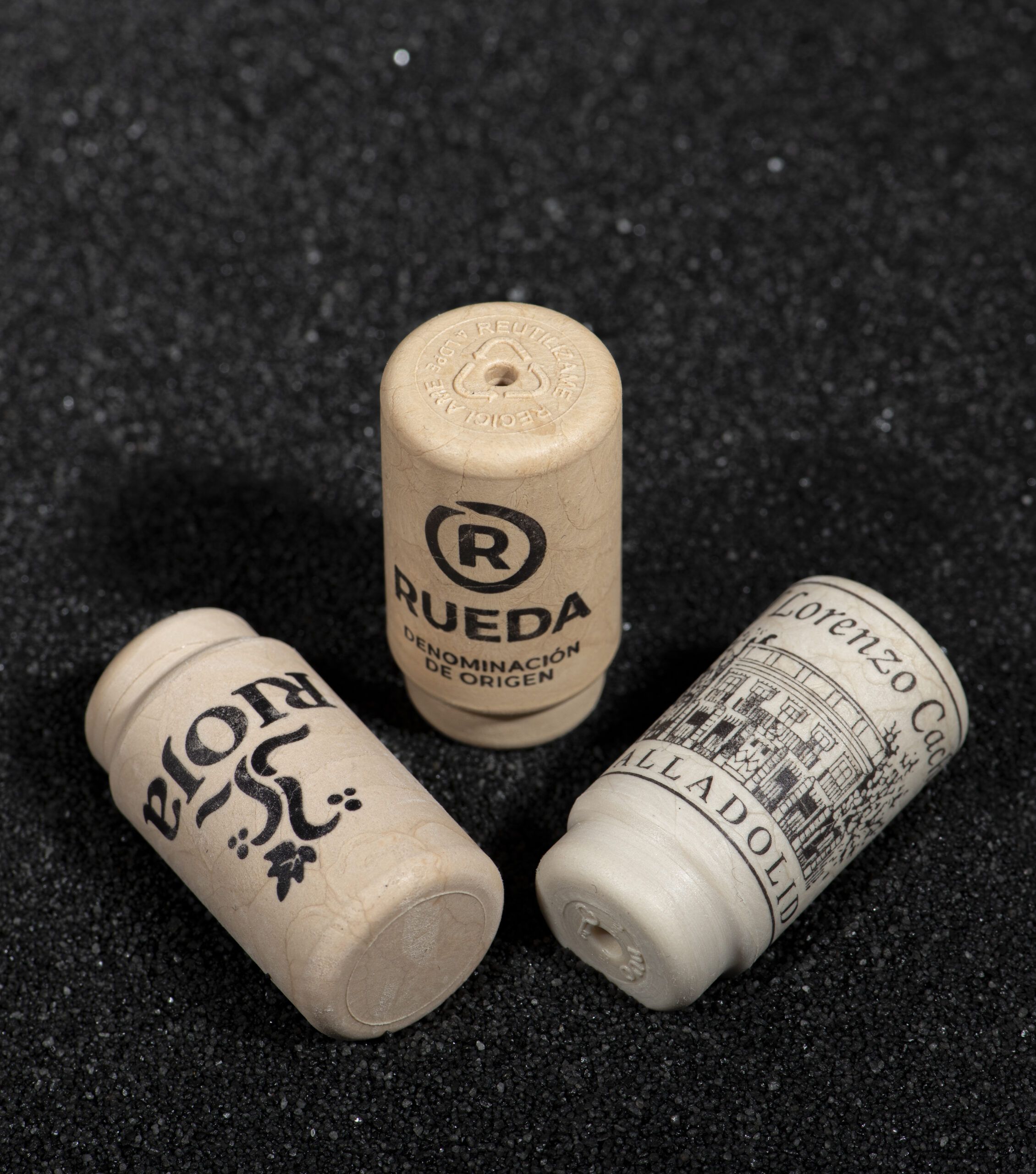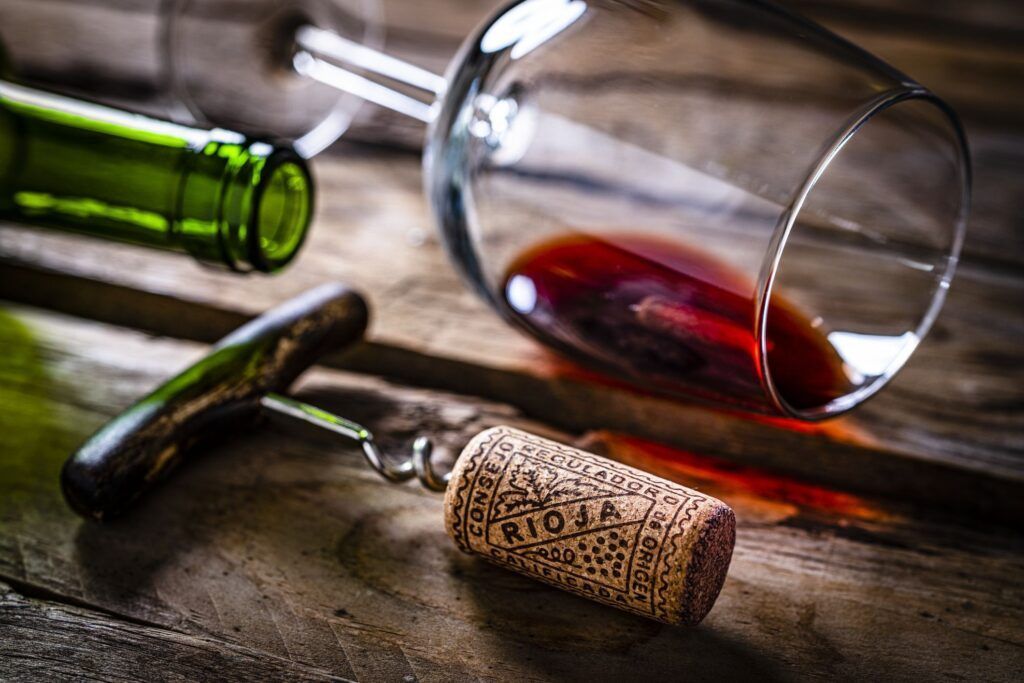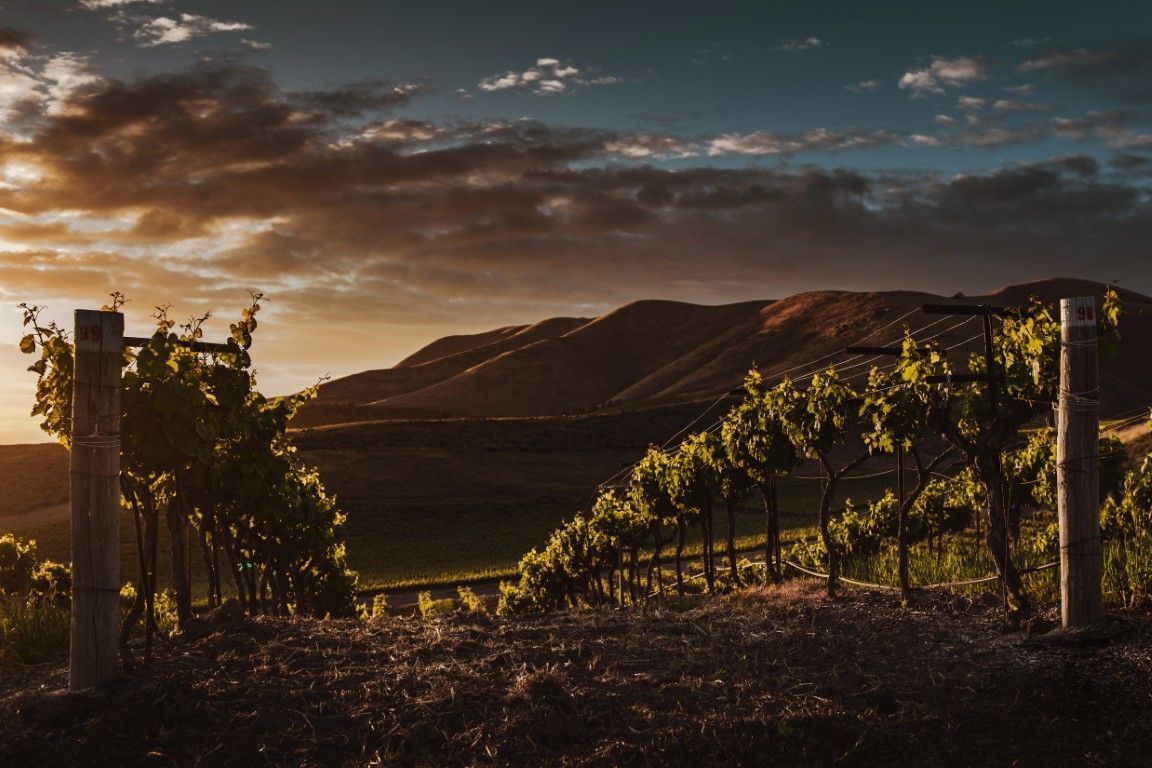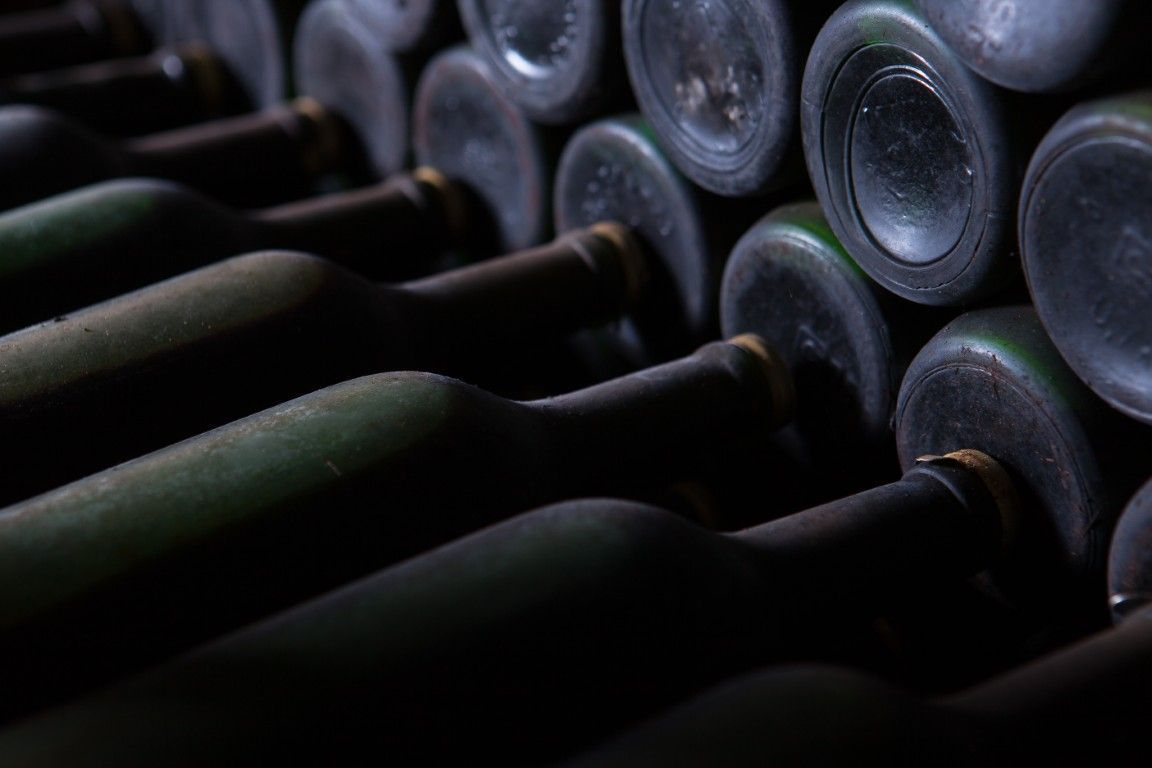The world of wine is as diverse as it is fascinating, and it often presents concepts that can lead to confusion. One of the most common debates among wine enthusiasts is the difference between Rioja and Tempranillo. Although they are closely related, they are not the same. In this article, we explain the particularities of each, their key differences, and how they complement each other.
What is Tempranillo?
Tempranillo is one of Spain’s most emblematic red grape varieties. Known for its adaptability to different climates and terroirs, this grape forms the basis of many of the country’s iconic wines.
While Tempranillo is a flagship grape in Spanish wine production, proper preservation is key to maintaining its properties. The type of cork used during bottling directly influences the wine’s evolution, affecting its aroma and structure. At Excellent Cork, we specialize in producing synthetic corks that guarantee perfect preservation without altering the wine’s flavor or properties.
Origin and Characteristics of the Tempranillo Grape
Tempranillo originates from the Iberian Peninsula, and its name comes from the Spanish word for “early,” referencing its early ripening compared to other varieties. This grape produces wines with an intense color, smooth tannins, and flavors ranging from red fruits to spicy and earthy notes. It is especially valued for its ability to age in oak barrels, developing complexity and depth in the wines.
Key Wine Regions for Tempranillo
Although best known for its role in the DOCa Rioja, Tempranillo is also cultivated in other prominent wine regions, such as Ribera del Duero, Toro, and La Mancha. In each area, this grape acquires unique nuances, influenced by the climate and soil.
What is Rioja?
Rioja is not a grape but one of Spain’s most prestigious wine regions. Its name is synonymous with high-quality wines recognized worldwide.
Denominación de Origen Calificada (DOCa) Rioja
The Denominación de Origen Calificada Rioja is a symbol of excellence in the wine world, being one of only two regions in Spain with this prestigious classification. This distinction, granted for its history, tradition, and quality, ensures that wines produced under this designation meet the highest production standards, from grape cultivation to bottling. Each certified Rioja bottle undergoes rigorous control, guaranteeing a unique experience for consumers.
Grape Varieties Used in Rioja Wines
Although Tempranillo is the primary grape in Rioja wines, other varieties such as Garnacha, Graciano, Mazuelo, and Viura (for white wines) are also used. The combination of these grapes adds complexity and diversity to the wine profiles.
Classification of Rioja Wines by Aging
Rioja wines are classified into four categories according to their aging process:
- Joven: Fresh and fruity wines, with little to no barrel aging.
- Crianza: Aged at least one year in barrels and another in the bottle.
- Reserva: A minimum of three years of aging, with at least one year in barrels.
- Gran Reserva: High-quality wines aged at least two years in barrels and three in bottles.
The aging process is fundamental to the quality of Rioja wines, and the proper sealing of the bottle plays a crucial role. Wine corks not only preserve the integrity of the wine but also influence its evolution over time. For long-aging wines, there are specific corks designed to ensure optimal sealing and controlled oxygenation, allowing the wine to mature evenly in the bottle.

Key Differences Between Tempranillo and Rioja
Despite their close relationship, there are clear differences between Tempranillo as a grape and Rioja as a wine region.
Difference Between a Grape Variety and a Wine Region
Tempranillo is a grape variety used to make wines, while Rioja is a designation of origin referring to a specific geographic region and the established production standards to ensure quality.
Influence of Terroir and Climate on Rioja Wines
The climate and soil of the Rioja region play a crucial role in the flavor and quality of its wines. The three main sub-areas (Álava, Alta, and Baja) contribute different nuances, ranging from fresh and elegant wines to intense and structured ones.
Flavor Profile and Characteristics of Tempranillo and Rioja Wines
Wines made with Tempranillo often stand out for their balance of acidity and tannins, with flavors of red fruits and spicy notes. In the case of Rioja wines, the blend of grapes and barrel aging adds complexity, with nuances ranging from vanilla and coconut to smoky and balsamic notes.
Relationship Between Tempranillo and Rioja
The relationship between Tempranillo and Rioja symbolizes Spain’s winemaking heritage but goes beyond a simple connection.
In addition to grapes and origin designation, another key factor in the wine industry is innovation in bottling materials. New technologies have enabled the development of recyclable and sustainable corks, ideal for wineries looking to reduce their environmental impact without compromising wine quality. At Excellent Cork, we offer solutions such as recyclable corks, ensuring a responsible and eco-friendly consumption experience.
The Role of Tempranillo in Rioja Wines
Tempranillo is the backbone of many Rioja wines, representing the majority of blends. Its ability to express terroir characteristics and affinity for aging makes it an essential component.
Other Components in Rioja Wines
In addition to Tempranillo, other grapes like Garnacha and Graciano add complexity and balance to the wines. These varieties complement Tempranillo’s spicy and fruity notes, creating wines of great diversity.
Frequently Asked Questions About Tempranillo and Rioja
Is Tempranillo the Only Grape Used in Rioja?
No, although Tempranillo is the predominant grape in Rioja wines due to its versatility and aging capacity, other grapes like Garnacha (for body and spices), Graciano (for acidity and aroma), and Mazuelo (for structure and character) are also used. For white Rioja wines, Viura is mainly used, known for its freshness and fruity notes.
Are All Rioja Wines Red?
No, although red wines are the most iconic from Rioja, the region also produces high-quality white and rosé wines. Whites are often made with Viura, while rosés combine Garnacha and Tempranillo for freshness and fruity nuances.
Is Tempranillo Only Grown in Spain?
No, while Tempranillo is native to Spain, it is also cultivated in other countries like Portugal (as Tinta Roriz or Aragonez), and in wine regions of Argentina, Australia, the United States, and South Africa due to its adaptability and versatility.
What Does It Mean for a Wine to Be a Tempranillo Monovarietal?
A Tempranillo monovarietal means it is made exclusively with this grape variety. These wines highlight Tempranillo’s characteristics, such as red fruit notes, balance of acidity and tannins, and versatility for young or aged consumption.
How Does Aging Influence Rioja Wines?
Aging in barrels and bottles is crucial for defining Rioja wines’ profiles. Barrel time imparts spicy, smoky, and balsamic notes, while bottle aging allows flavors to integrate, enriching complexity.
At Excellent Cork, we understand that every detail matters in the winemaking and preservation process. That’s why we offer high-quality synthetic corks designed to preserve the unique characteristics of each bottle, from a Tempranillo monovarietal to a Gran Reserva from Rioja.
If you’re looking to ensure excellence in your wines, trust us as your reliable supplier. Our corks provide an optimal seal, controlled oxygenation, and long-term preservation, ensuring that each sip delivers the experience intended by the winemaker. With innovation and sustainability at the core of our solutions, we are committed to maintaining the integrity and quality of every bottle.
Choose Excellent Cork to elevate your wine’s journey from the vineyard to the glass, ensuring every moment of enjoyment is perfect.





